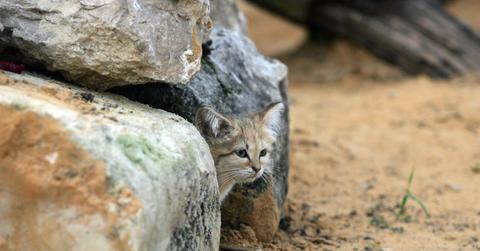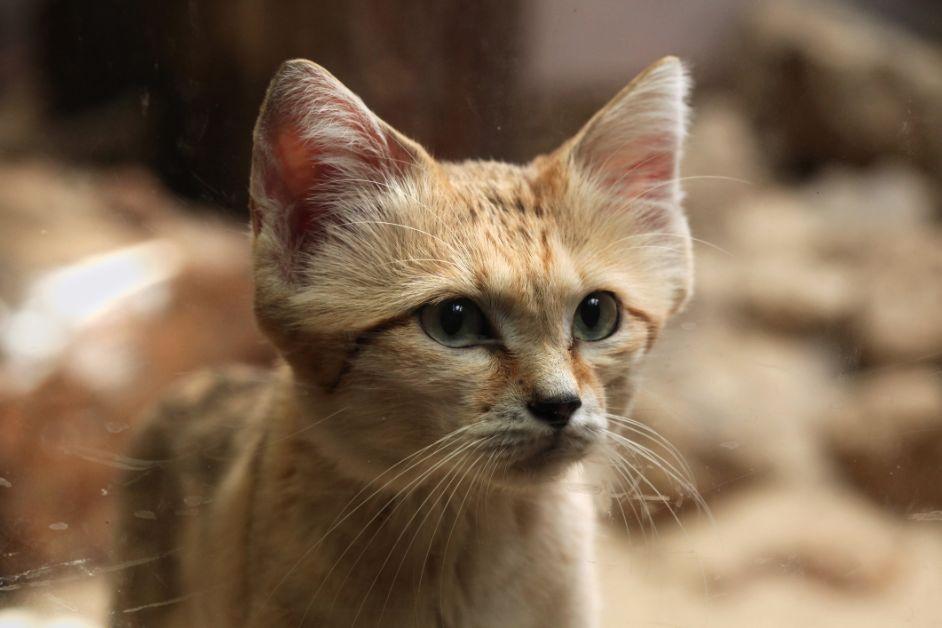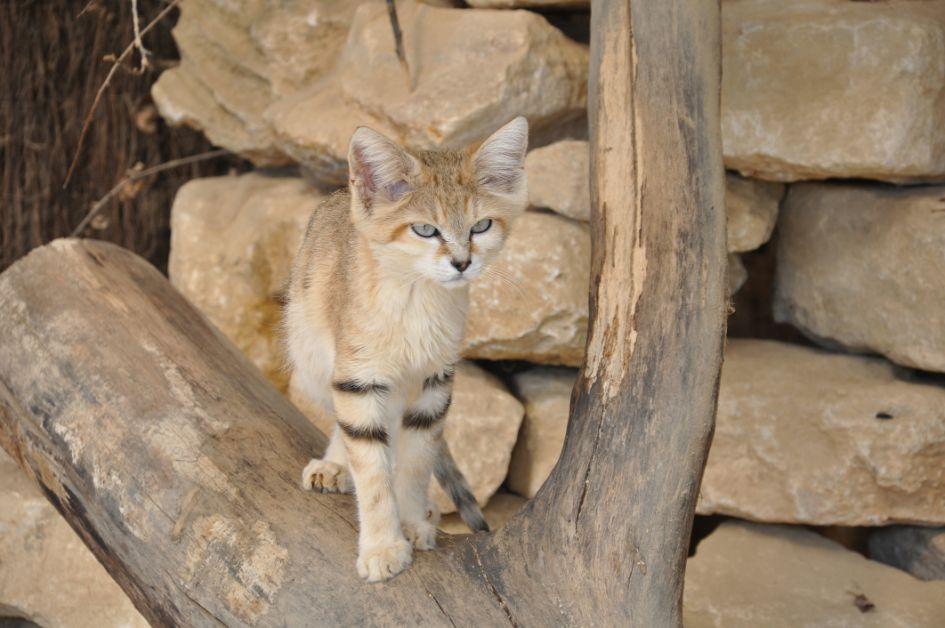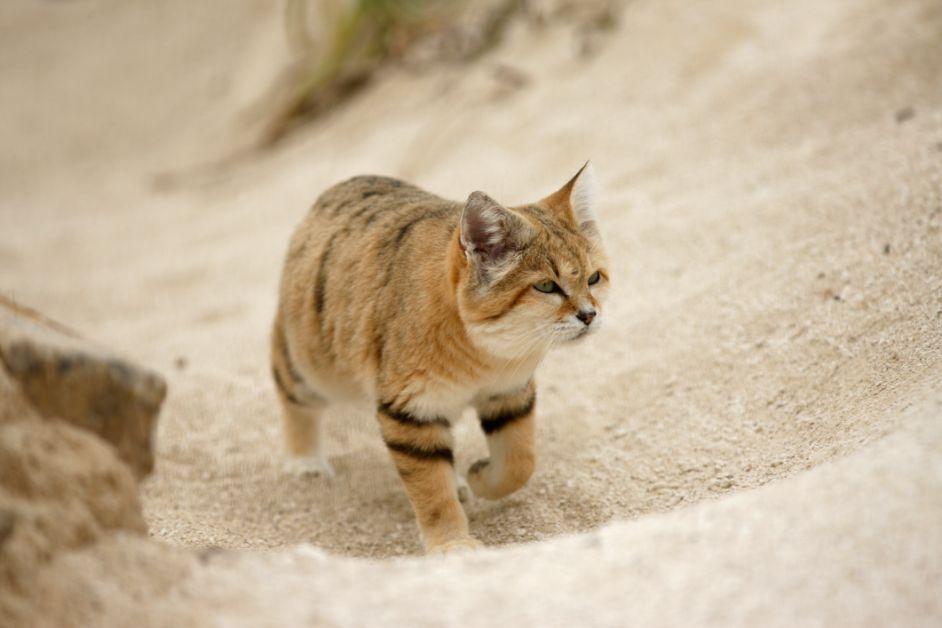Sand Cats: The Wild Desert Cats Scientists Know So Little About
Published Aug. 30 2023, 9:39 a.m. ET

The sand cat is the only cat species living almost entirely in the desert. Native to northern Africa, central Asia, and the Arabian deserts, the small sand-colored feline has a kitten-like appearance at first glance; however, the sand cat shouldn't be underestimated.
Sand cats are also known for their ability to survive without water, exceptional hunting skills, and nocturnal habits. But, because of their elusive nature, there is still very little research out there on sand cats. Just how rare are sand cats? Keep reading to learn all about this mysterious species.

Are sand cats rare?
Sand cats are considered rare. According to the Cincinnati Zoo and Botanical Garden, this is largely due to the fact that sand cats are nocturnal, and still extremely hard to find even within their habitat.
In fact, sand cat sightings are so rare that even though the International Union for Conservation of Nature (IUCN) lists them as "least concern," scientists still aren't certain of the species' current conservation status. According to New Scientist, researchers thought that the sand cat had disappeared from the western deserts of the United Arab Emirates after an entire 10 years passed with no sightings.

It wasn't until 2015 when an assistant scientist at The Environment Agency – Abu Dhabi (EAD), Shakeel Ahmed, and a team of researchers left cat food and camera traps for months in the Baynouna desert in Abu Dhabi that they caught a cat on camera, per New Scientist.
Since then, more data has been collected on the habitat and range of sand cats. A report published in March 2023 in the Journal of Arid Environments found that the sand cat may travel up to 679 square miles in about six months, suggesting they may actually be nomadic.
This has led scientists to conclude that the sand cat population could be smaller than they had once predicted. Given the delicate desert habitats and declining ecosystems, some scientists believe sand cats could be facing endangerment, and need to be reassessed by the IUCN, per CNN.

What are sand cats?
Sand cats are small, carnivorous mammals that live in the deserts of Africa and Asia. The slight feline, weighing up to 7 pounds and measuring about 22.5 inches in length, is described as having a grayish-brown color, sometimes with red stripes across the coat.
Living in the desert, sand cats often feed on rodents and reptiles, including venomous snakes. They are impressive hunters, able to catch prey by listening for the sounds of burrows beneath the sand, and can survive without water for weeks in temperatures up to 122 degrees, per Smithsonian's National Zoo and Conservation Biology Institute.
Sand cats have proven difficult to find because they cannot be tracked by their footprints. They have fur on their paws that act as protection from the hot sand but also keep them from making any footprints, per Treehugger.

Are sand cats dangerous?
Sand cats may be stealthy, but they are not dangerous. At least to humans.
According to the Smithsonian's National Zoo and Conservation Biology Institute, sand cats usually hunt animals that are smaller than them, meaning an attack on humans is pretty far-fetched. Also, sand cats are elusive, and live in desert conditions that are unfit for human life, making the likelihood of an aggressive interaction even more improbable.